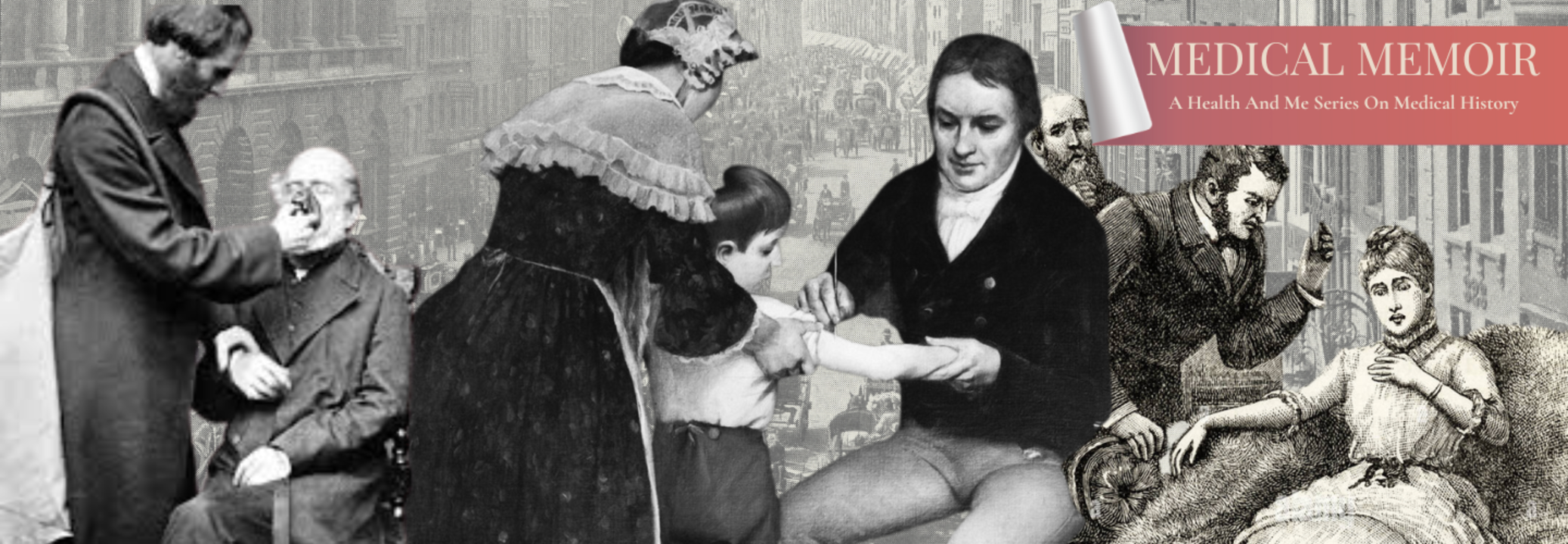Medical Memoir: Comeback Of Victorian Era Diseases – Why Are We Seeing A Rise In Long-Forgotten Diseases

(Credit-Alamy, Victorian Era, BBC History Magazine)
SummaryFrom scarlet fever to salmonella, tuberculosis (TB) to tick-borne infections, measles to meningitis, recent health reports show a seemingly rise in diseases that were thought to be eradicated and long-gone. With the historical significance and impact these diseases had, one wonders why such age-old diseases are making a comeback.
End of Article
